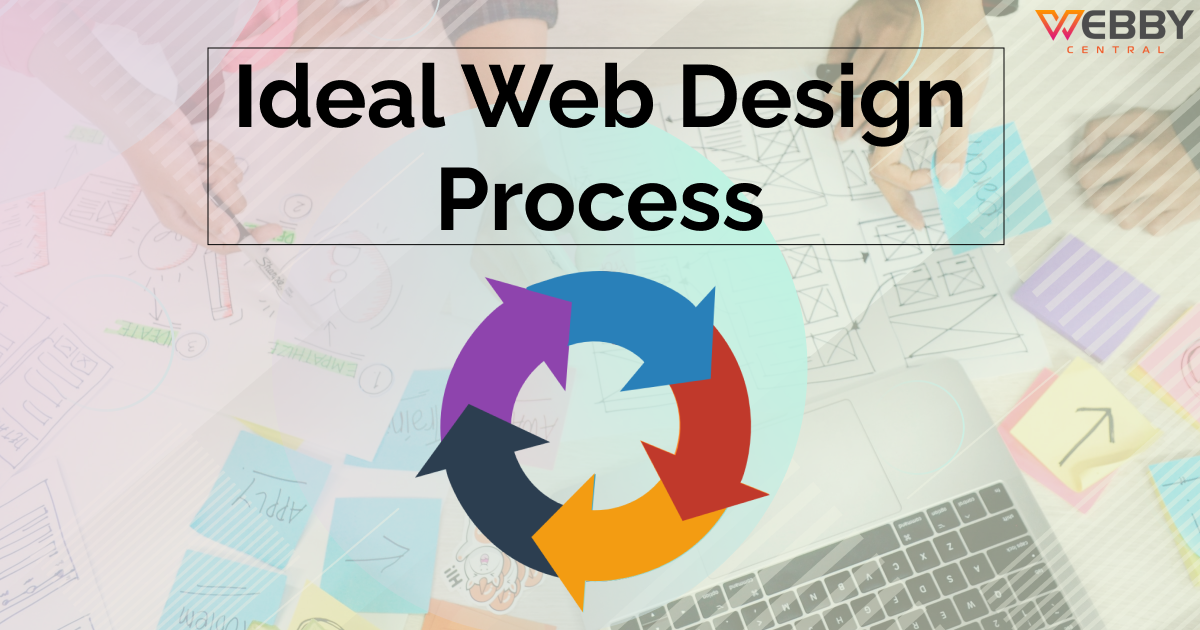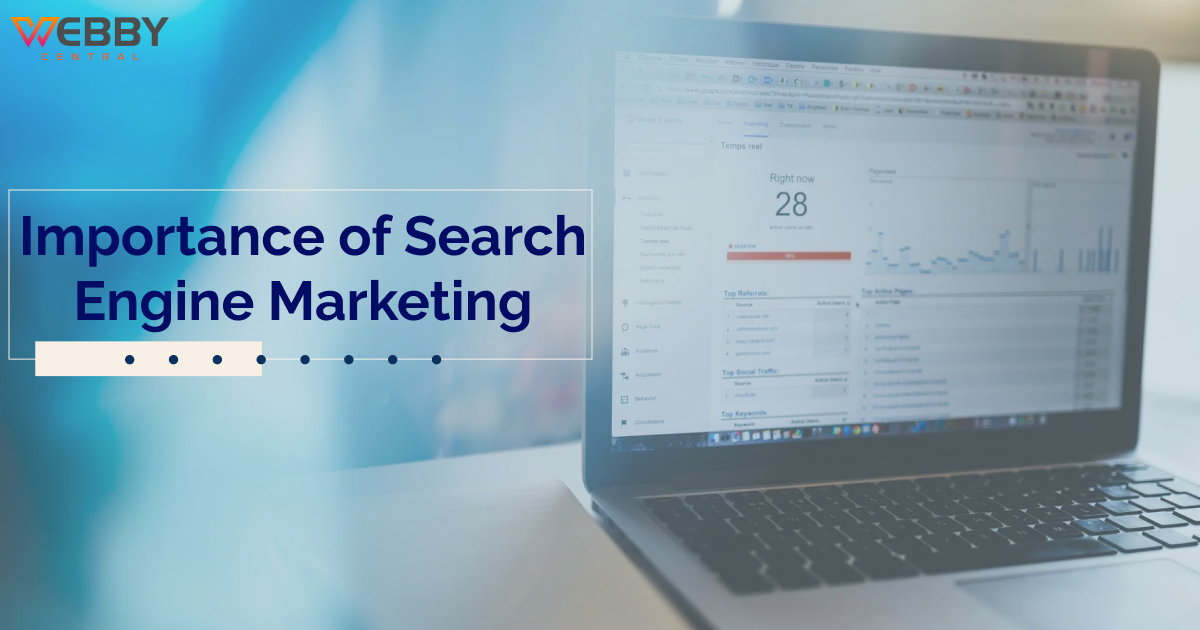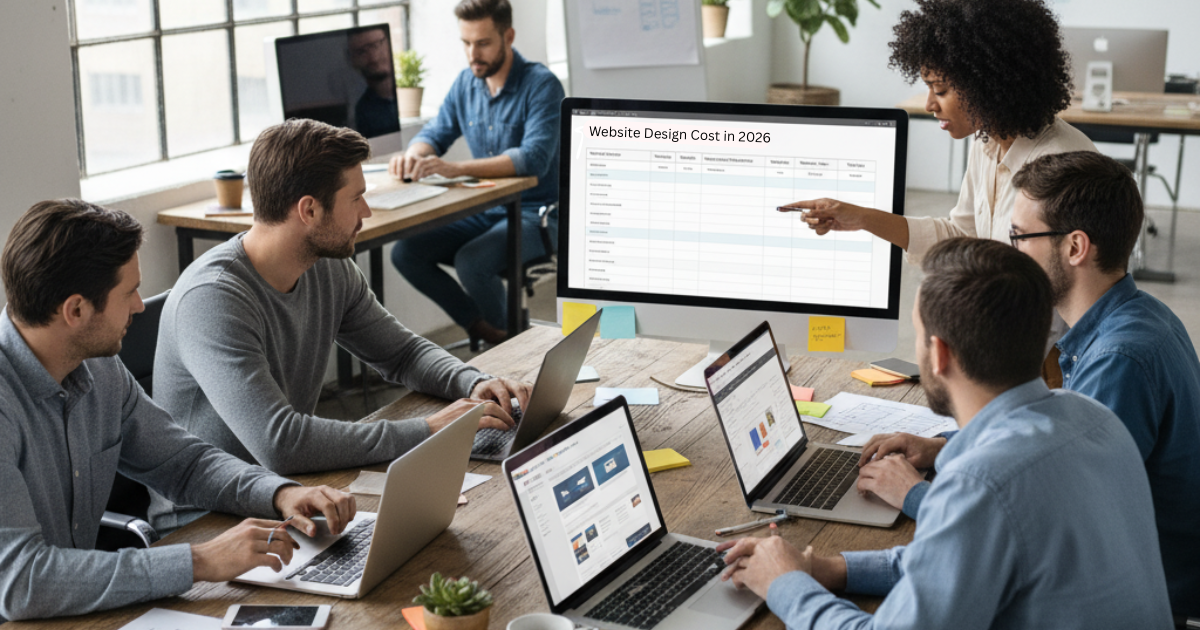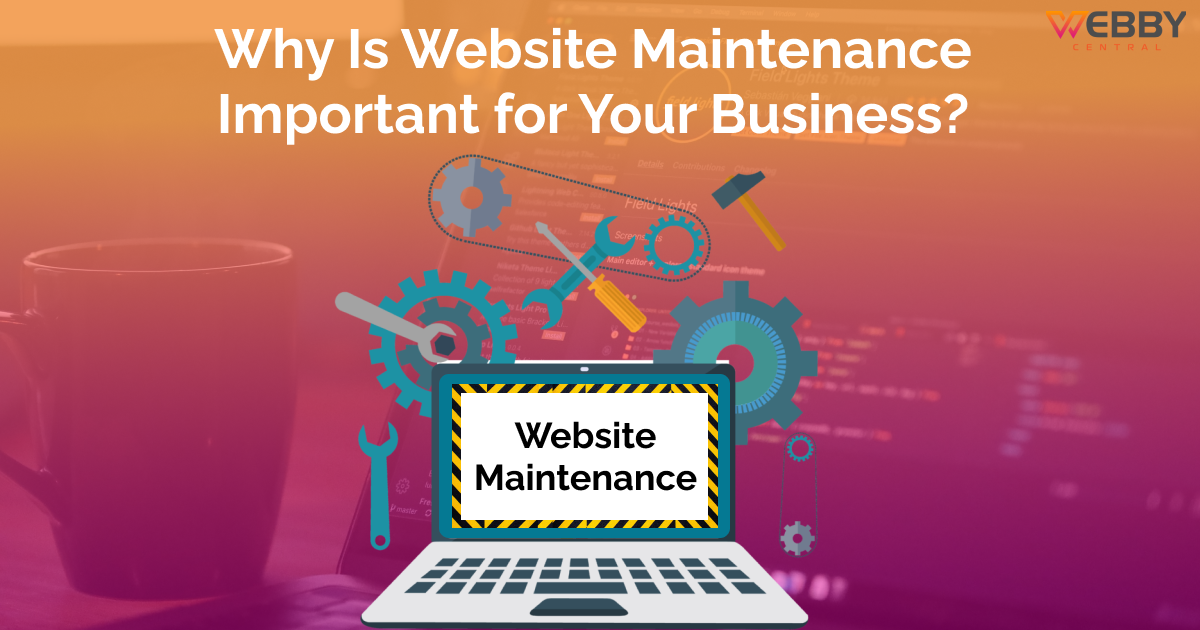The digital landscape is evolving at an unprecedented rate, and by 2026, a website will no longer be just a digital brochure. It’s your brand’s identity, conversion engine, and competitive differentiator. Whether you’re a startup establishing credibility or an enterprise preparing for a redesign, your first question is always the same: “How much does it cost to build a website in 2026?”
There’s no single price tag. Website design costs depend on factors like complexity, features, tech stack, scalability requirements, and, most importantly, the expertise of your design and development partner. This guide breaks down every cost factor so you know what to expect, how to budget, and what truly drives pricing in 2026.
Why Website Design Still Matters in 2026?
By 2026, user expectations will have undergone a complete transformation. AI-powered personalization, high-speed mobile browsing, and immersive UI experiences are no longer “nice-to-haves”. They’re the standard.
Here’s why design is still one of the strongest growth levers:
- First impressions shape trust: 94% of users judge credibility based on design quality.
- Better UX boosts conversions: Optimized UI/UX can increase conversions by 200-400%.
- Accessibility and mobile-first design influence ranking: With continuous Core Web Vitals updates, design now directly affects SEO visibility.
- Future-ready visuals ensure longevity: Micro-interactions, AI-driven components, and motion UI improve retention and reduce redesign frequency.
A great website in 2026 isn’t an expense, but an asset that fuels visibility, conversions, and long-term brand growth.
What are the Factors That Determine Website Design Costs in 2026?
Website design in 2026 goes far beyond aesthetics. It’s about building experiences that engage users, strengthen brand identity, and convert consistently. Because every business has different goals, workflows, and digital priorities, the cost of designing a website varies widely. To help you estimate accurately, here’s a complete breakdown of what really influences cost for website design today, along with clear tables for quick reference.
Type and Purpose of Your Website
Your objective and functionalities are the biggest drivers of the ecommerce website design cost. A personal portfolio is quick and simple, while an enterprise-grade SaaS platform requires custom workflows, security frameworks, dashboards, and integrations.
Take a look at the table:
| Website Type | Description | Average Cost (USD) |
| Personal / Portfolio | Simple, visual showcase | $5,000 – $10,000 |
| Small Business Website | 5–10 pages, services, forms | $10,000 – $25,000 |
| Corporate Website | Custom UI, CMS, scalable structure | $25,000 – $50,000+ |
| E-commerce Site | Listings, checkout, filters | $30,000 – $100,000+ |
| Web App / SaaS | Dashboards, APIs, dynamic UI | $35,000 – $150,000+ |
Design Approach
Your design strategy plays a crucial role in determining how your website appears, functions, and evolves over time. Most businesses choose between template-based or custom design, each offering different levels of flexibility, cost, and control.
- Template-Based Design
Platforms like WordPress, Shopify, Wix, or Webflow provide ready-made layouts that you can adapt to your brand. This approach is ideal for businesses that need a quick, budget-friendly website. Costs typically range from $500-$3,000. While templates speed up launch and keep expenses low, they come with limits, restricted customization, performance constraints, and fewer options for advanced features as the business grows.
- Custom Website Design
Custom design is built entirely around your brand identity, product journey, and conversion goals. This approach gives you complete freedom to create unique interfaces, scalable architecture, and enhanced performance. Custom website design costs usually fall between $3,000-$20,000+, depending on complexity. It requires more time and specialized expertise but delivers greater long-term value, especially for businesses planning to scale, differentiate, or create complex digital experiences.
Design Complexity and Visual Features
Your visual expectations impact the average cost of website design for small businesses significantly, especially in 2026 when modern websites rely heavily on animation, micro-interactions, immersive experiences, and sometimes AR/3D elements.
You can take a look at the average cost to design a website based on the level of complexity and features to be added.
| Level | Description | Cost Estimate |
| Basic Website Design Cost | Standard layouts, minimal animation | $10,000 – $20,000 |
| Intermediate Website Design Cost | Custom graphics, interactive sections | $20,000 – $30,000 |
| Advanced Website Design Cost | Motion UI, 3D/AR features, high-end animations | $30,000 – $55,000+ |
Number of Pages & Content Volume
The more pages you add, the more design templates, content writing, and layout adjustments are needed.
- Static pages: $150 – $300 each.
- Interactive/product pages: $300 – $600 each.
Planning a clear sitemap early on helps avoid unnecessary revisions later.
Functionality & Third-Party Integrations
The features you add, and how deeply they’re integrated, play one of the biggest roles in determining website design pricing and development timeline. As functionality becomes more advanced, it requires more engineering hours, backend logic, QA testing, and often additional infrastructure.
This is why a simple site and a feature-rich platform can sit in completely different budget ranges. To help you understand the impact, here’s a breakdown of standard functionalities and their typical implementation cost for website design.
CMS or Technology Stack
Your choice of CMS or technology stack directly shapes your website’s performance, scalability, security, and long-term maintenance costs. Different platforms are built for different needs. Some are ideal for quick launches and content-heavy sites, while others are engineered for enterprise-grade performance, custom workflows, and complex integrations.
Selecting the right stack isn’t just a technical decision but a strategic business call that influences how fast you can scale, how easily you can adopt new features, and how much you’ll invest over time. Here’s a broader look at today’s most widely used CMS and tech stack options and what they typically cost to design a website.
| Tech Stack | Average Cost for Website Design |
| WordPress | $2,000 – $12,000 |
| Shopify / Shopify Plus | $3,500 – $30,000+ |
| WooCommerce (on WordPress) | $3,000 – $15,000+ |
| Webflow | $2,500 – $10,000 |
| Squarespace / Wix | $1,500 – $6,000 |
| Magento (Adobe Commerce) | $15,000 – $80,000+ |
| Headless CMS | $8,000 – $60,000+ |
| Custom Frontend | $12,000 – $75,000+ |
| Custom Backend | $15,000 – $100,000+ |
| JAMstack | $10,000 – $60,000+ |
| SAP Commerce | $50,000 – $250,000+ |
Geographic Location of Your Development Partner
Where your development partner is based has a significant impact on your total website design services cost. Labor rates vary widely across regions due to differences in talent availability, market maturity, and operating expenses. While onshore teams offer proximity and timezone alignment, offshore teams can deliver the same quality at a far more cost-efficient rate, making location a strategic choice rather than just a budget decision.
| Region | Hourly Rate (Avg.) | Typical Website Design Cost | What to Expect |
| North America | $75 – $200/hr | $15,000 – $150,000+ | Premium pricing, strong communication, enterprise-grade expertise |
| Western Europe | $60 – $150/hr | $10,000 – $80,000 | High-quality engineering, structured workflows, mid-to-high budgets |
| Eastern Europe | $40 – $100/hr | $6,000 – $40,000 | Excellent technical skill, competitive pricing, and strong engineering culture |
| Asia (India, Philippines, Vietnam) | $20 – $75/hr | $3,000 – $30,000 | Best value-to-cost ratio, wide talent pool, scalable teams |
| Latin America | $30 – $90/hr | $5,000 – $40,000 | Cost-effective, overlapping time zones with the US, and rising tech talent |
Ongoing Maintenance Costs
Building a website is only the first step, but the ongoing maintenance is essential to keep it secure, fast, and fully functional. Regular updates ensure your website stays compatible with new browser versions, remains protected from security vulnerabilities, and delivers a smooth experience as traffic grows.
A typical maintenance plan includes technical upkeep, performance monitoring, and quick fixes that prevent small issues from turning into costly problems.
Take a look at the website design maintenance cost:
| Maintenance Item | What It Covers | Website Design Maintenance Cost |
| Software & Plugin Updates | CMS updates, plugin upgrades, compatibility fixes | $1,500 – $3,000 |
| Security Monitoring & Patching | Firewall, malware scans, vulnerability repairs | $5,000 – $3,500 |
| Uptime & Performance Monitoring | Load time optimization, downtime alerts | $3,000 – $5,500 |
| Bug Fixes & Minor Enhancements | Fixing errors, updating small features | $150 – $3,000 |
| Backup & Recovery Management | Automated backups, backup integrity checks | $2,000 – $10,000 |
How much does it cost to design a website?
The final cost of website design typically ranges from $2,000 to $50,000+, depending on the project’s complexity, design approach, number of pages, features, and the expertise of the design partner. Simple portfolio sites or small business websites generally fall on the lower end, while e-commerce platforms, high-interaction websites, and custom web applications with advanced UI/UX can push the cost significantly higher. Your goals, brand requirements, and the amount of custom design work needed play a major role in determining the final investment.
Conclusion
For businesses aiming to build a high-performing, scalable, and conversion-focused website, it’s best to approach the cost as a strategic investment rather than an expense. A well-designed website not only enhances credibility and user experience but also contributes to measurable outcomes, higher traffic, better engagement, and stronger conversions. Choosing the right partner web design company and aligning on clear objectives can help you maximize value while staying within your budget.










Write A Review